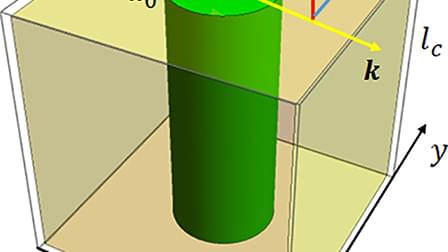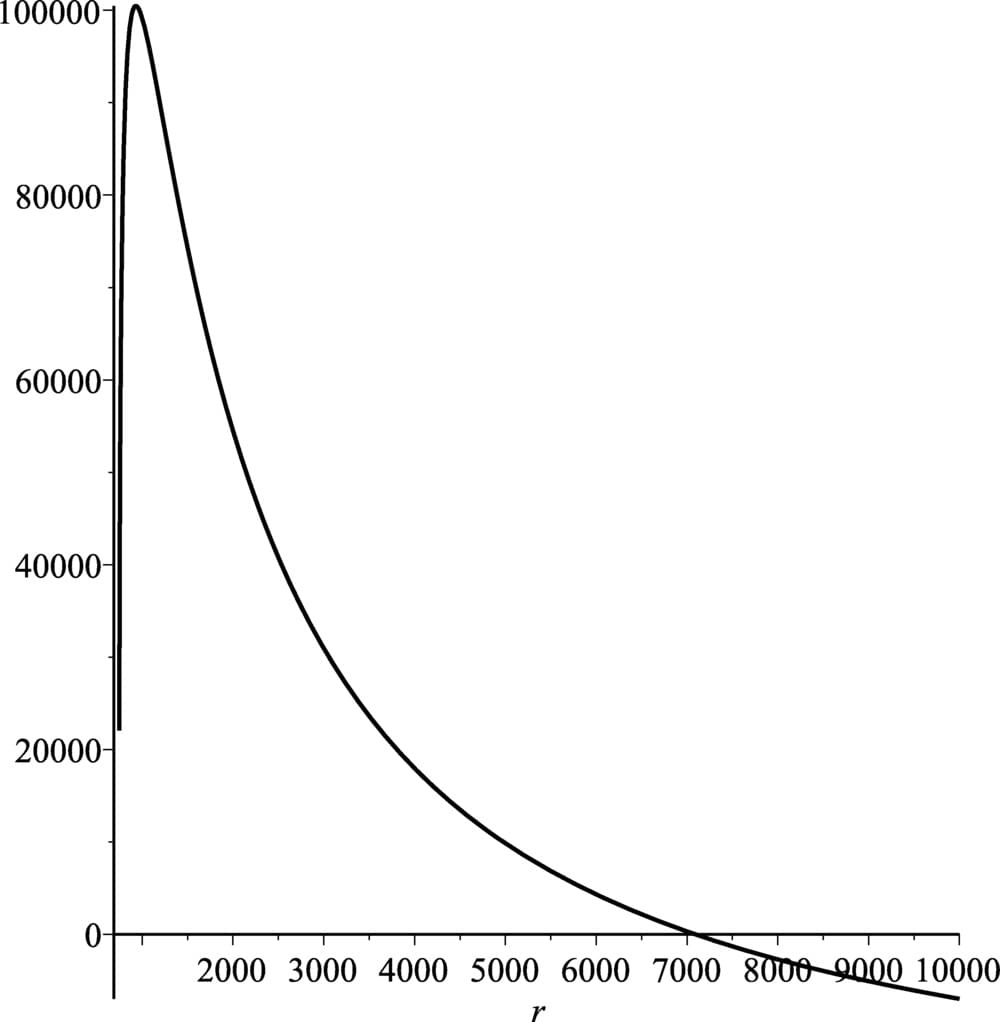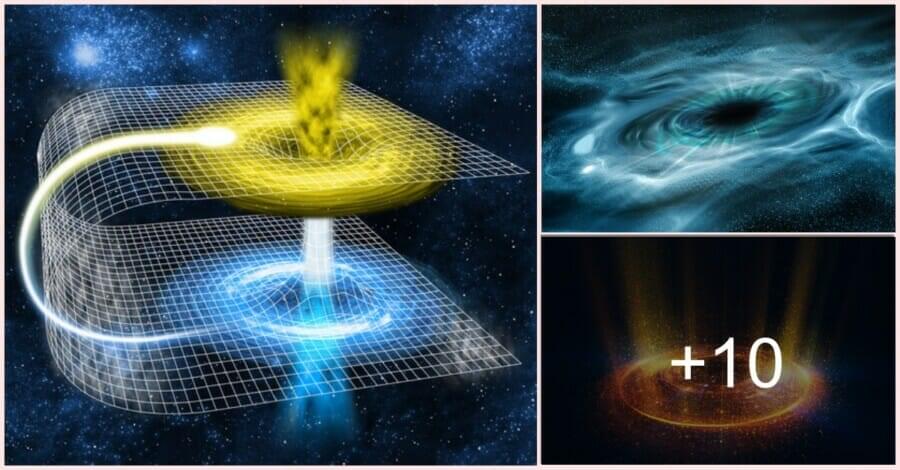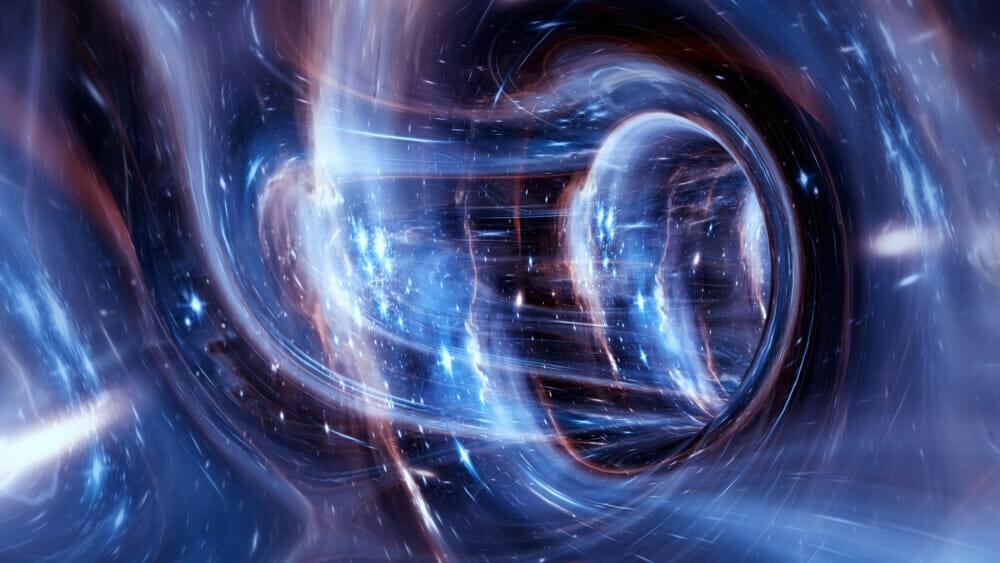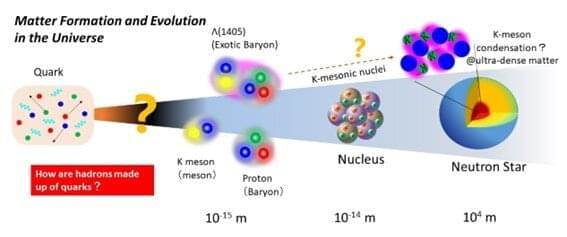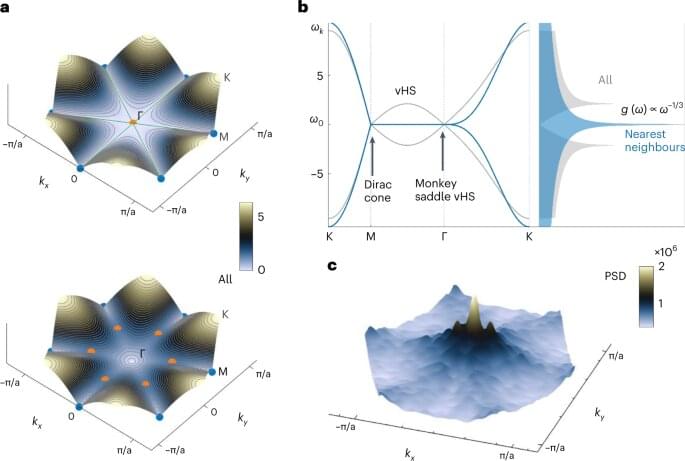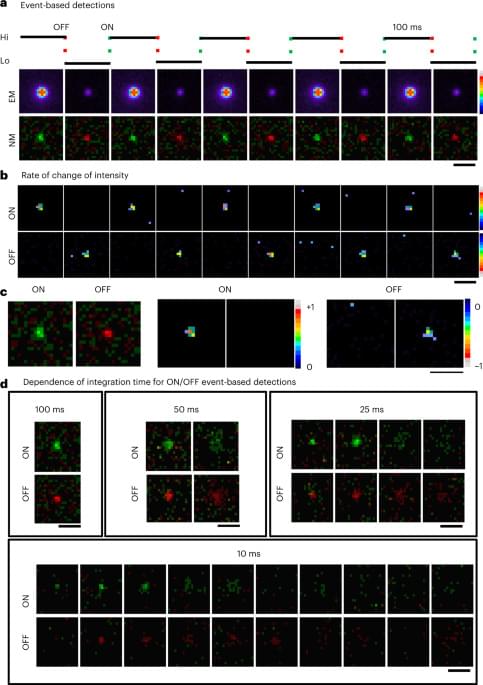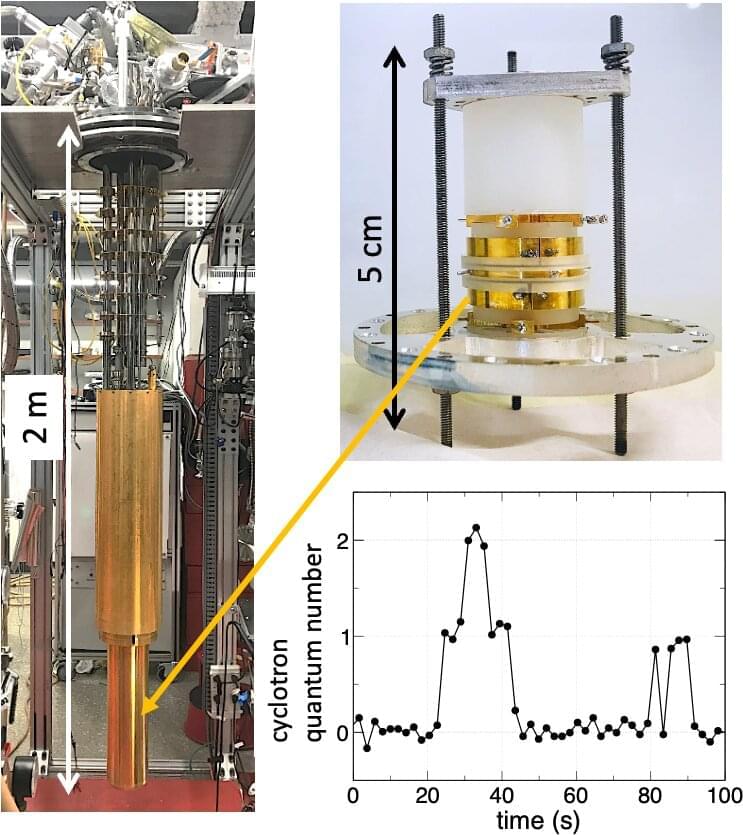Jan 29, 2023
Kinetic modeling of laser absorption in foams
Posted by Saúl Morales Rodriguéz in category: particle physics
Laser interaction with foam targets is of interest for applications in the inertial confinement fusion studies and for the creation of secondary sources of energetic particles and radiation. Numerical modeling of such an interaction presents difficulties related to the sub-wavelength dimension of solid elements and high density contrast. Here, we present an analysis of laser interaction with thin wires based on the Mie theory, which demonstrates an enhanced laser absorption due to plasma resonance, and confirm this conclusion with detailed kinetic simulations. Numerical simulations also provide the characteristic time of the solid element transformation in a plasma and the energy partition between electrons and ions.
